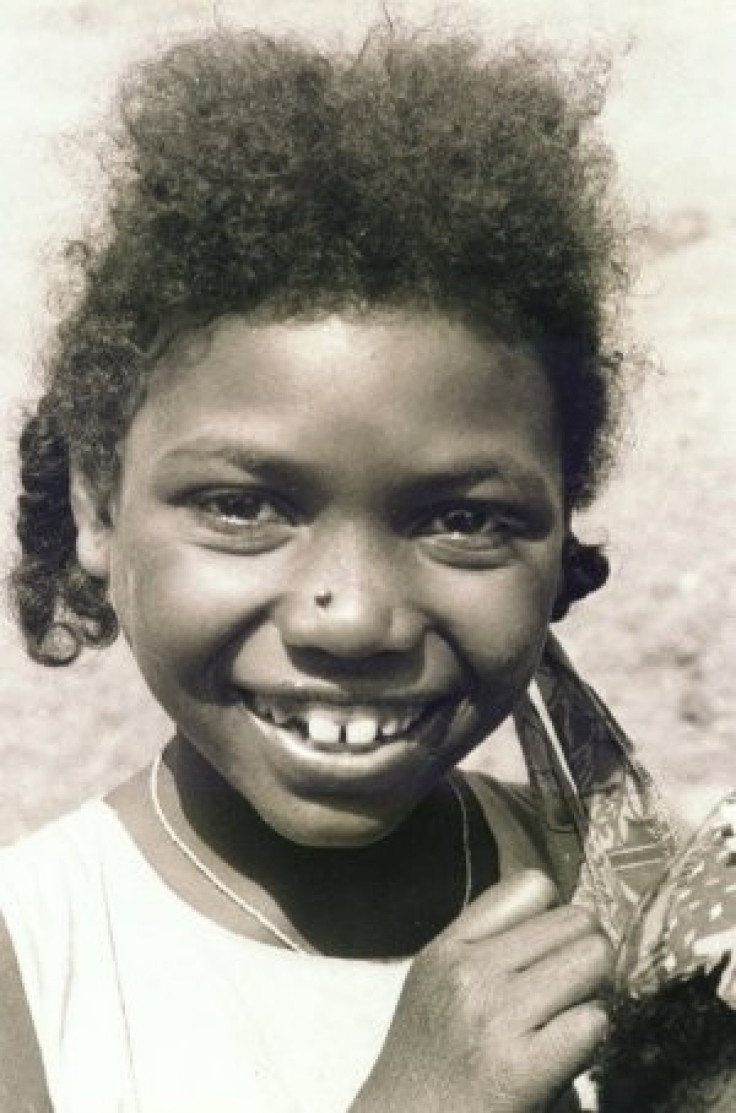Sidis: India’s Lost Black Africans
FEATURE

Among the many different ethnic groups and peoples scattered across the vast Indian sub-continent, perhaps the most unusual and surprising are The Sidis -- the “lost Africans” of India.
Long before black African slaves were moved en masse to the New World to toil in tobacco, sugar and cotton plantations, a smaller number of Africans were brought (or forcibly taken) eastward to India. Some of these people, primarily from East Africa it is believed, were employed as soldiers, entertainers and slave-laborers by the various princely states of India.
This migration is believed to have lasted from the 12th to the 19th centuries.
In the 16th and 17th centuries, Portuguese seafarers who had established a colony in India also imported additional black African slaves there.
Their descendants – who have been separated from their African origins for many generations – now live in communities principally in the western Indian state of Gujarat and Karnataka in the south.
Numbering in the tens of thousands, Sidis are generally very poor and generally remain isolated from “mainstream” Indians.
Helene Basu, associate professor at Free University in Berlin, and an expert on Sidis, told Frontline: “In the 13th and 14th centuries, slaves were mainly drawn from lower Egypt, Ethiopia, Somalia and Sudan -- the Nile area. Many of them ended up being so-called 'slave-soldiers' in the armies of conquerors and Sultans all over the Islamic world. After the 16th century, when the Europeans, specifically the Portuguese, entered the scene, slave-trade routes moved further south along the East African coast, as far as Mozambique. Slaves were drawn from the hinterland of the coastal regions, such as inland Tanzania, Malawi or even the Congo.”
As is the case with the descendant of black slaves in North and South America, most of the Sidis of India do not know where in Africa their ancestors came from, But, amazingly, they have somehow preserved some of the musical and dance traditions of their long-lost forefathers (again, similar to Africans in the Western Hemisphere).
A few fortunate Sidis, renowned for their martial skills, became nobles in medieval India.
An American scholar, Amy Catlin-Jairazbhoy's of the University of California, who has studied the Sidis, told BBC: In Gujarat, affinities with African music include certain musical instruments and their names, and also the performance of an African-derived musical genre called 'goma'.”
Basu added: “Even after the nominal abolition of the slave trade by the British, a small number of male and female African slaves continued to be shipped to the western coasts of South Asia, especially to Makran [Karachi] and Gujarat, where they were mostly employed as servants and bodyguards at the courts of local rulers.”
There are also believed to be smaller communities of Sidis in southern India, Sri Lanka, Goa, as well as Iran and Afghanistan.
Vijay Gupta, a retired professor of African studies, told the Washington Post: They [Sidis] have their own culture. They are recognized as Africans.
According to scholarly accounts, most Siddis became Muslim, and some became Christians. Reportedly, they could not be accepted by Hindus since they did not fit into the existing hierarchy of the strict caste system.
It is unclear to what extent the Sidis intermarried with local people, although it surely must have occurred. According to reports, some Sidis in present-day Karachi, Pakistan married lower-caste natives, and are well assimilated into that society.
Many Indian people were not even aware of the long-time presence of Africans in their country, due to their tiny numbers. Indeed, even some of the Sidi communities were so isolated for so long that they did not know of the existence of fellow Africans in other parts of India.
The presence of the Sidis in India also might contradict the notion that in the modern era most human migration moved westward. The Sidis are like an historical anomaly, but the very fact that they have survived after centuries in a generally unwelcoming society attests to their perseverance and cultural strengths.
© Copyright IBTimes 2024. All rights reserved.











